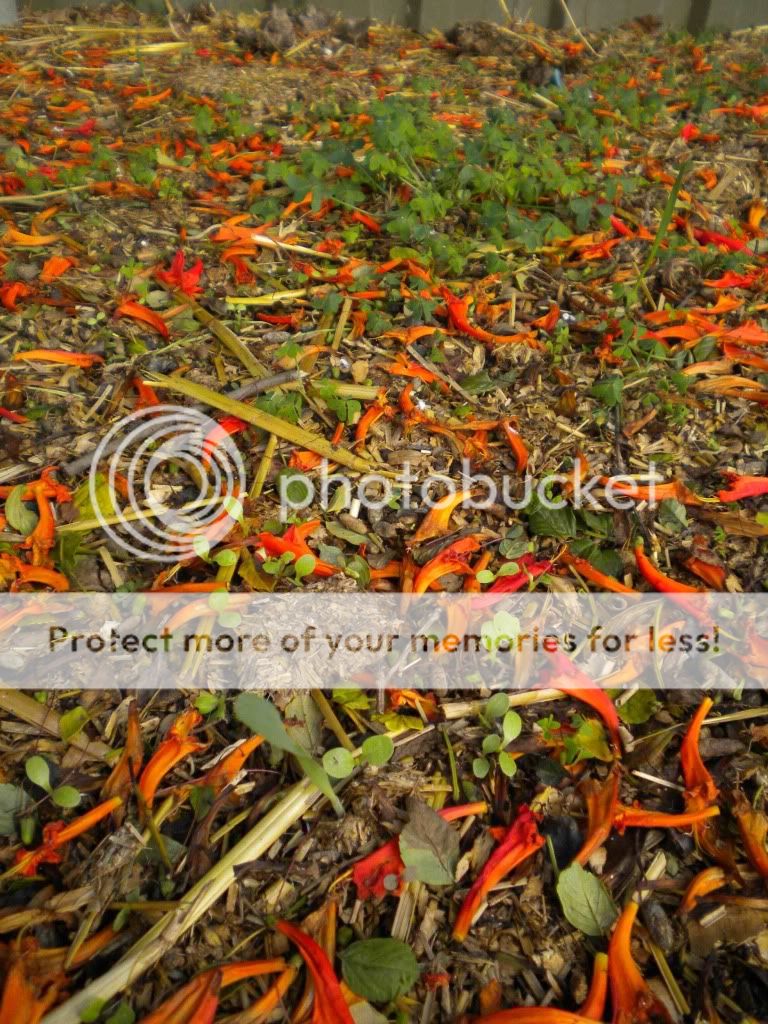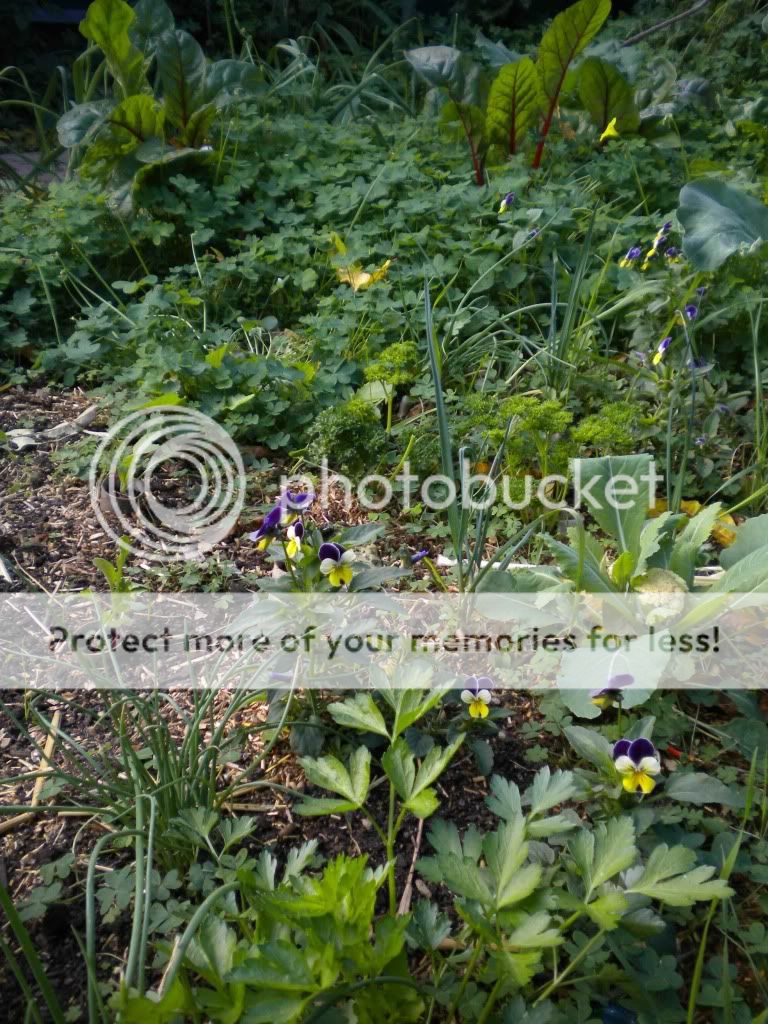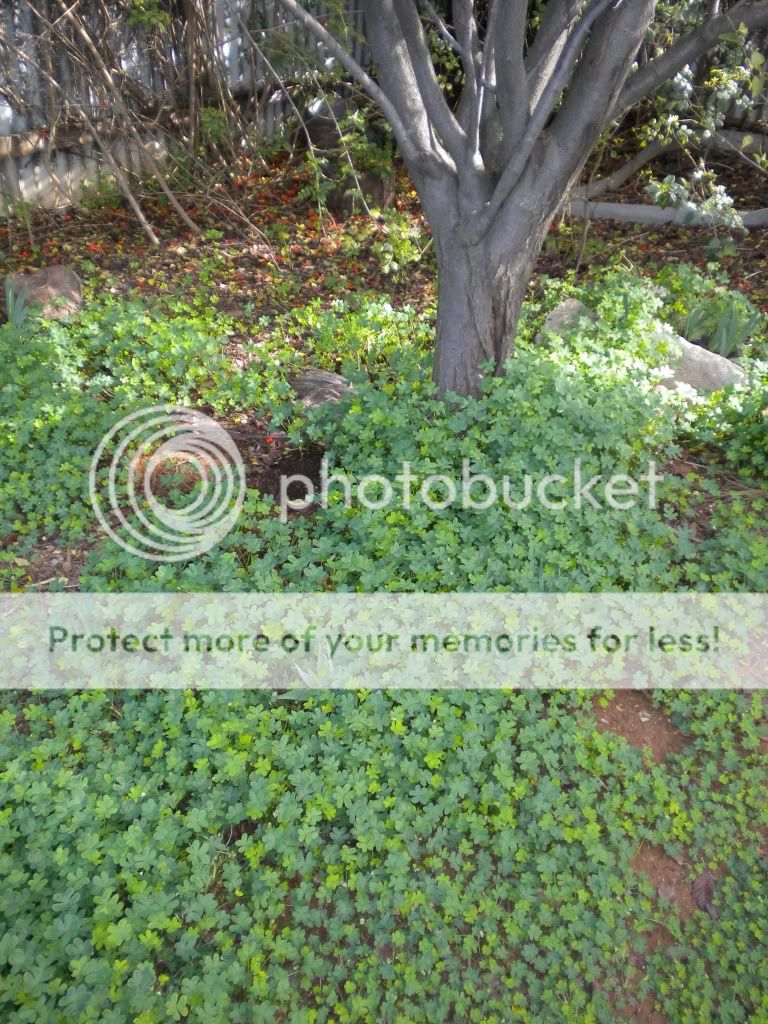

















Certifiable food forest gardener, free gardening advice offered and accepted. Permaculture is the intersection of environmentalsim and agriculture.
 1
1












The ultimate goal of farming is not the growing of crops, but the cultivation and perfection of human beings. - Masanobu Fukuoka












Get involved -Take away the standing of corporations MovetoAmmend.org









"You may never know what results come of your action, but if you do nothing there will be no result”
How Permies.com Works
Be Nice















The weed propagates largely through its underground bulbs and this is one reason why it is so difficult to eradicate, as pulling up the stems leaves the bulbs behind. Soil in which the plant has grown is generally filled with small bulbs.













![Filename: seeds-here-have-been-swamped.jpg
Description: This area I seeded heavily, only one daikon made it [Thumbnail for seeds-here-have-been-swamped.jpg]](/t/15112/a/4666/seeds-here-have-been-swamped.jpg)























Certifiable food forest gardener, free gardening advice offered and accepted. Permaculture is the intersection of environmentalsim and agriculture.









Certifiable food forest gardener, free gardening advice offered and accepted. Permaculture is the intersection of environmentalsim and agriculture.





From Wikipedia:
Oxalic acid is toxic in large quantities, a concern in regions such as southern Australia where
Oxalis pes-caprae grows invasively in enormous quantities and in high densities
Oxalis pes-caprae certainly can cause dramatic stock losses. For example, when hungry stock,
such as sheep released just after being shorn, are let out to graze in a lush growth of
Oxalis pes-caprae, they may gorge on the plant, with fatal results, as has been found in South Australia at least.
The plant has been found to be nutritious, but too acidic to be good fodder, largely being left
untouched by grazing stock. When stock do consume large quantities, the effects typically involve death in
several weeks with symptoms suggesting chronic oxalate poisoning, including tetany or sudden death with extensive
renal damage. Such damage suggests the twofold effect of calcium immobilisation (the tetany) and the formation of
Calcium Oxalate Monohydrate raphides in the kidney tissue.








Get involved -Take away the standing of corporations MovetoAmmend.org




















 1
1








Raise your words, and not your voice.








J Argyle wrote:Brandon,
I have been in the Bay Area for almost a year, and when I moved here last August, I did not notice that much of it. Then when we had that two weeks of rain in December it was everywhere. I have heard from others in this area that it dies off in late spring, and does not come back until Fall. Have you noticed if it does the same on your property? I also noticed it loves the compacted clay areas in my yard. I was curious, and transplanted it in a shaded very compact clay area in my yard where nothing was growing. It is doing very well, and I am hoping that it will break up compaction.





|
I got this tall by not having enough crisco in my diet as a kid. This ad looks like it had plenty of shortening:
Play Your Way to a Sustainable Lifestyle: Uncover Permaculture Principles with Each Card
https://gardener-gift.com/
|





